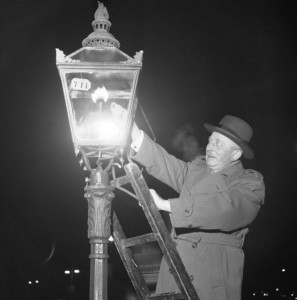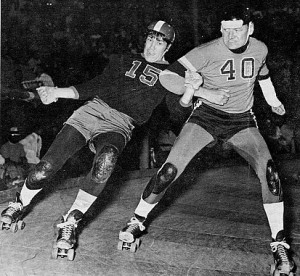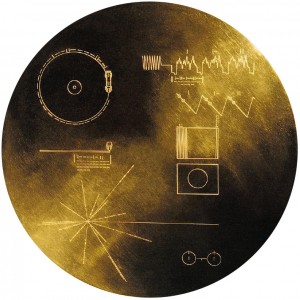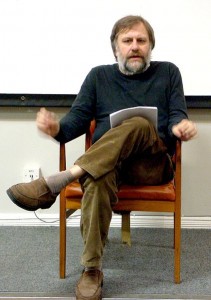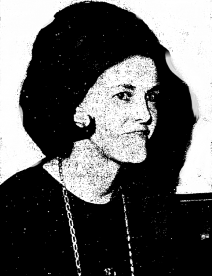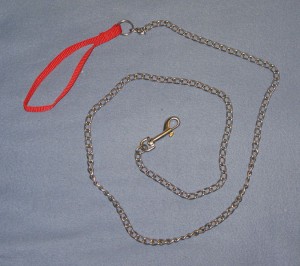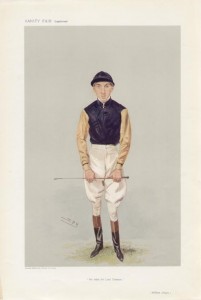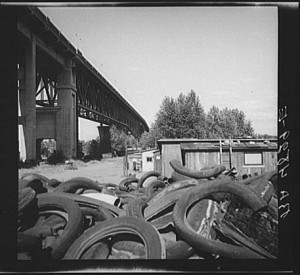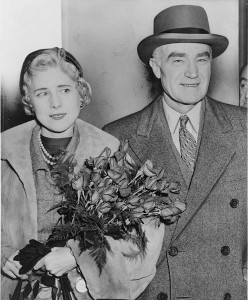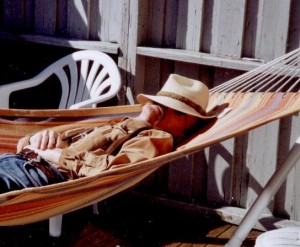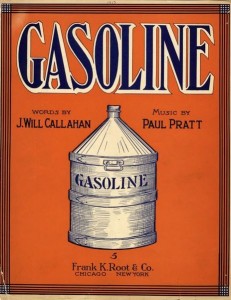
"Mrs. R.W. Huston was the victim of a gasoline explosion yesterday and was literally roasted to death."
In the late nineteenth century, seemingly no one in the country knew how to behave while in close proximity to gasoline, as this quintet of stories printed in the Brooklyn Daily Eagle demonstrate.
••••••••••
“The Stove Polish Was Fatal” (November 13, 1901): “Rome, New York--Mrs. Anna Ferguson was fatally burned at the California House, four miles west of this city to-night. She mixed gasoline with stove polish and then started to polish a hot stove. In an instant she was enveloped in flames.”
••••••••••
“Careless Use Of Gasoline” (September 20, 1890) “Bloomington, Illinois–Conductor Lowrie and Brakemen Brockmiller, of the Chicago and Alton, at Venice yesterday were endeavoring to rid their caboose of vermin by using gasoline. The gasoline caught fire from a cigar in the mouth of one of the men, an explosion followed and Lowrie was fatally burned and Brockmiller very badly injured, being burned about the head and the hands.”
••••••••••
“Fatal Explosion Of Gasoline” (June 4, 1892): “Eldon, Iowa–Mrs. R.W. Huston was the victim of a gasoline explosion yesterday and was literally roasted to death. A servant was carrying an open vessel of gasoline when it became ignited from a stove. Mrs. Huston, the servant and two children were frightfully burned. The former lived three hours, suffering untold agonies. The other victims are still alive, but in a most pitiable condition.”
••••••••••
“Peculiar Explosion Of Gasoline” (October 4, 1890) “Cheviot, Ohio–“A peculiar accident occurred here last night. The town is lighted at night with gasoline. Edward Connor, one of the lighters, had just started on his trip on a light cart drawn by one horse. At the first lamp one of the cans became lighted. The whole lot exploded. Horse and man caught the burning fluid. The man, badly burned, was thrown from the wagon, while the horse on fire ran through the streets screaming in its awful agony until it dropped dead.”
••••••••••
“Fell Into A Vat Of Gasoline” (August 15, 1889): “William McBride, aged 22 years, of 146 Kent avenue, fell into a vat of gasoline yesterday afternoon while at the dye works of Greene street, Seventeenth Ward. The body was removed to his home by permission of Coroner Lindsay, who will hold an inquest.”
••••••••••

